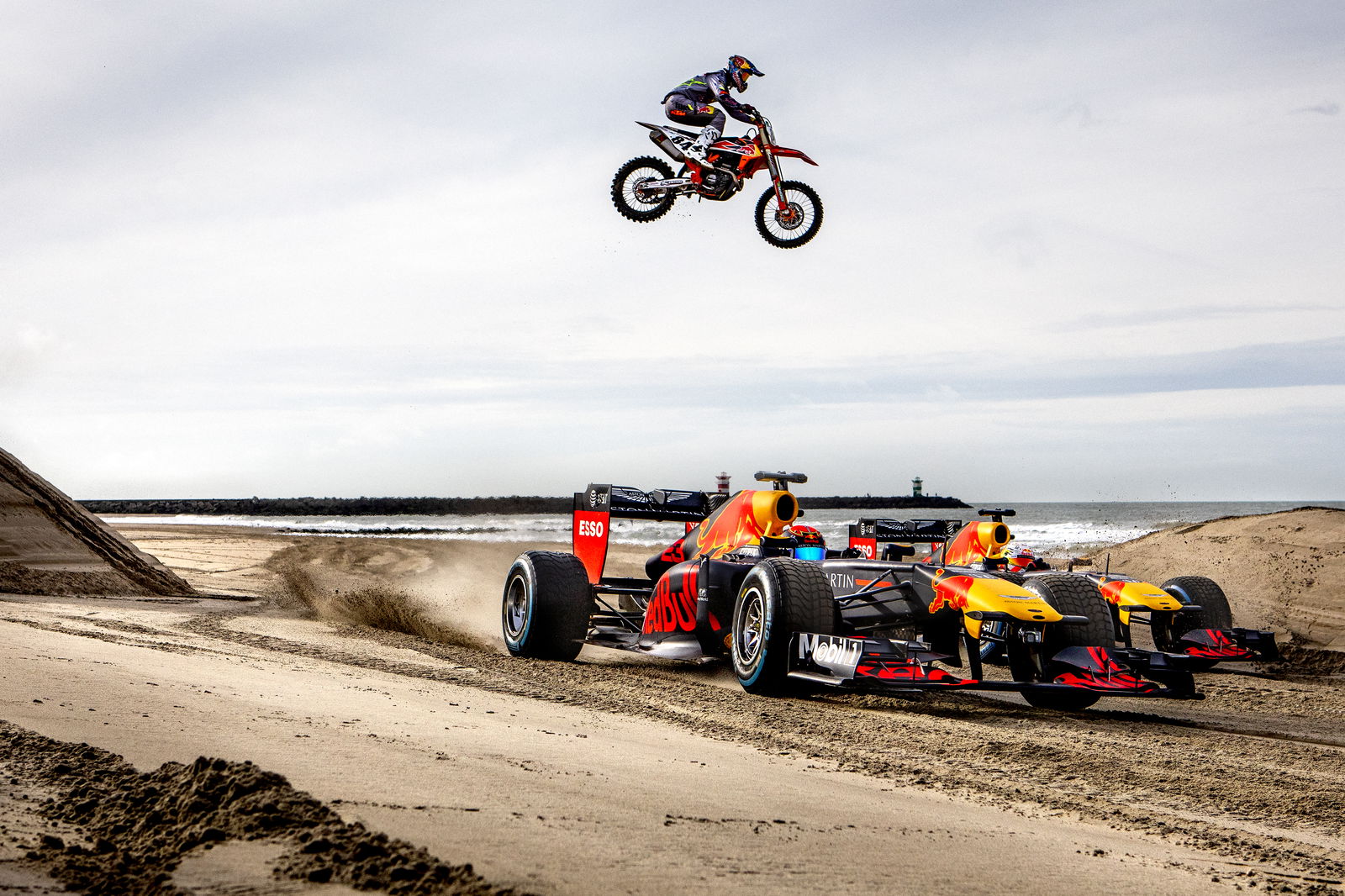F1 teams agree to slash budget cap to $145 million from 2021

Formula One will go ahead and introduce the much-discussed budget cap in 2021 at a heavily reduced figure of $145million as a direct response the financial pressures established by the coronavirus, says Ross Brawn.
The budget cap initiative forms the basis of the new commercial rights agreement to be put in place at the end of the conclusion of the 2020 season, with a provisional figure of $175million put forward - excluding driver salaries and marketing - in line with a radical overhaul of the technical regulations.
However, the original plans have gone awry as a result of the coronavirus crisis, which has seen the first ten rounds of the 2020 F1 season either postponed or cancelled (Australia, Monaco, France).
As such, teams entered back into crunch talks to get that figure reduced in a bid to assure the future of the smaller teams currently losing out in the absence of racing.
A new agreement hinged on the terms being agreed by Ferrari, which has actively campaigned against the idea of a budget cap and reportedly threatened to quit F1 if the figure was reduced to as low as $100 million as had been proposed by McLaren.
However, It appears the latest meeting between F1 and the teams has established a breakthrough with Ross Brawn telling Sky Sports F1 the $145 million budget cap is now in place with plans to incrementally lower it with each season.
“The budget cap initial objectives were a more competitive field and I think with the situation we have now the sustainability, the economic sustainability, of Formula 1 is a priority. That counts as much for the big teams as it does for the small teams.
“The message is clear we’ve got to cut costs,” he continued. “We started at $175 (million), that was a long battle to get it there, and with the current crisis we are now going to start at 145 and the discussion really is how much further down we can drive the next few years.”
Significantly, Brawn says there are also agreements in place to assure a fairer distribution of the commercial revenue after criticism over the years that it is too heavily weighted in favour of the already well-funded top teams.
Though the budget cap remains on the table, F1 has decided to defer the introduced of the new-look cars until 2022 with only minor adjustments to this year’s cars being permitted for 2021.
It remains to be seen how Ferrari will react to the latest change in the regulations with Mattia Binotto arguing it was a ‘demanding request’ compared with the original $175 million figure that was tabled.
He went on to say If it was to get even lower, Ferrari ‘would not want to be put in a position of having to look at other further options for deploying our racing DNA’ though he later denied this was a veiled threat at quitting the sport.
The budget cap has been a long debated proposal over the years, not least when the commercial agreement is up for renewal, with a mixed response from teams who feel it is either necessary to ensure the survival of the sport an others that feel it cannot be policed effectively to prevent performance-gaining loopholes.

